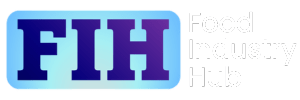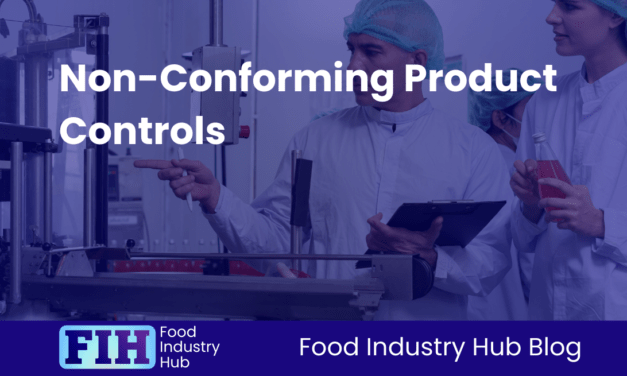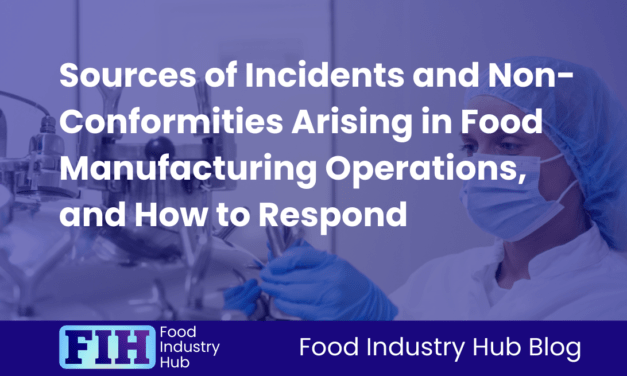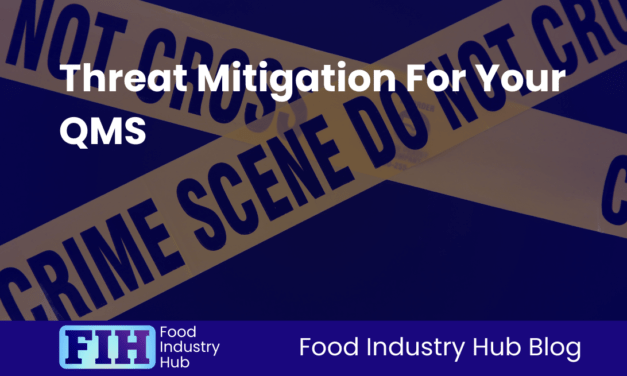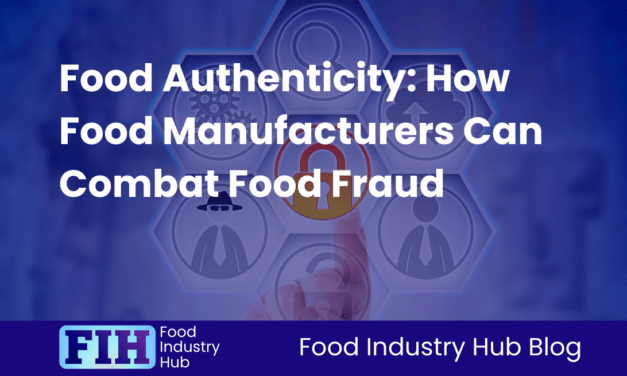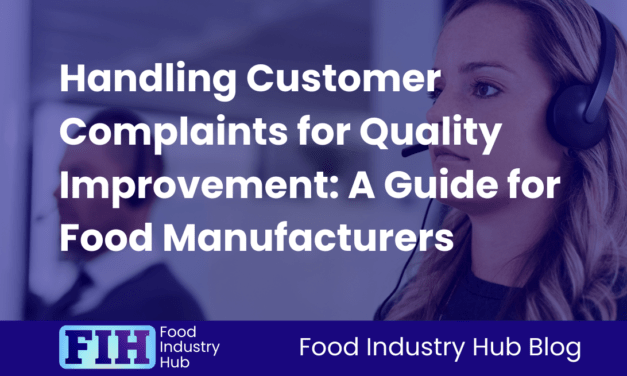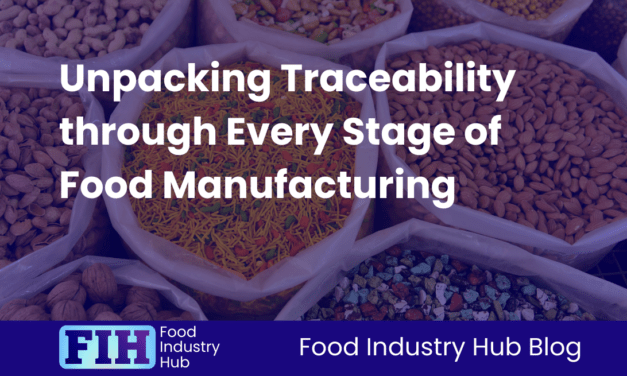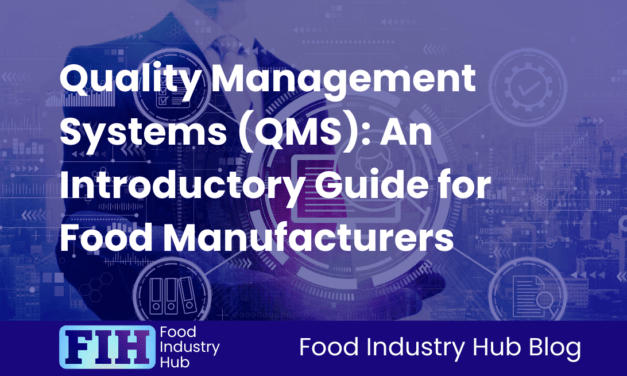Non-Conforming Product Controls
Maintaining strict controls over non-conforming products is crucial for upholding quality standards. Imagine the impact a single oversight could have on your brand’s reputation and customer trust. By implementing robust measures to identify, manage, and document non-conforming materials, you not only safeguard your business but also safeguard the safety of those who consume your products. But what happens when the unexpected occurs, and a non-conforming product slips through the cracks? How do you ensure swift and effective responses that protect both your customers and your bottom line?
Sources of Incidents and Non-Conformities Arising in Food Manufacturing Operations, and How to Respond
When looking at the sources of incidents and non-conformities in food manufacturing operations, it’s crucial to understand the multifaceted nature of these occurrences – and how the source of the non-conformity can indicate underlying weaknesses in the QMS.
From analytical testing revealing potential issues to customer complaints shedding light on quality concerns, each aspect provides valuable insight. Proactive reporting and the intricacies of processing/manufacturing operations also play pivotal roles. By delving into these origins and crafting effective responses for ongoing improvements, you can proactively address challenges and elevate your operational standards to ensure long-term success across your operations.
Risk-Assessing Raw Materials for Food Fraud: A Guide for Food Manufacturers
Are you looking for a comprehensive guide to conducting a simple and effective vulnerability assessment for raw materials? If so, you’ve come to the right place! This post will provide an overview of why it is important to conduct a vulnerability assessment and shed light on best practices.
We’ll discuss historical evidence of, and economic factors that can encourage substitution, adulteration, and fraudulent activity related to raw materials. Additionally, we will take a closer look at ease of access within the supply chain, sophistication in routine testing practices along with identifying potential adulterants in the raw material itself.
Finally, we’ll cover potential outcomes and actions resulting from the assessment as well as how authenticity verification testing can help mitigate risks associated with fraud or adulteration.
Stay tuned to uncover the secrets of risk-assessing raw materials for food fraud – your business’s reputation may depend on it.
The Importance of Effective Quality Assurance Processes for Food Manufacturers
Do you ever think about how likely consumers are to switch brands if they experienced a quality or safety issue with a food product?
It’s commercially essential for food manufacturers to prioritise brand protection and customer satisfaction. Effective quality assurance processes play a vital role in ensuring the safety and consistent quality of food products.
From mitigating the risks of contamination to meeting compliance standards, these processes are essential for protecting brand reputation and improving customer satisfaction.
Threat Mitigation For Your QMS
Imagine a scenario where a food manufacturer’s reputation is tarnished due to a product tampering incident that could have been prevented.
How can you safeguard your company from such threats? By implementing stringent threat mitigation strategies, you can proactively protect your brand, consumers, and bottom line.
Food Authenticity: How Food Manufacturers Can Combat Food Fraud
In a world where food fraud has become increasingly prevalent, the integrity of our food supply chain hangs in the balance.
As a food manufacturer, you hold the power to combat this deception and restore trust in the products you produce.
But how can you ensure the authenticity of your food? How can you protect consumers from unknowingly consuming fraudulent goods?
In this post, we will explore the strategies and measures that food manufacturers can employ to fight against food fraud, safeguarding both their reputation and the well-being of those who rely on their products.
Handling Customer Complaints for Quality Improvement: A Guide for Food Manufacturers
As a food manufacturer, you understand the importance of delivering high-quality products to your customers. However, no matter how meticulous your processes are, there will inevitably be instances where complaints arise.
But worry not, for in this guide, we will explore the process of constructively handling customer complaints for quality improvement.
Unpacking Traceability through Every Stage of Food Manufacturing
Having full traceability over food manufacturing and production can be a complex process. Every stage needs special consideration to ensure accurate record-keeping, help manage incidents and understand where things come from. This post looks at traceability through every stage of food manufacturing, ranging from raw materials to dispatch records and mass balance reconciliation. Join us as we explore how traceability can be used to guarantee the safety and quality of your products throughout the supply chain.
Quality Management Systems (QMS): An Introductory Guide for Food Manufacturers
The quality management system (QMS) is an extensive management structure of key importance to food manufacturing, but is often regarded as being highly technical and inaccessible.
In this explanatory guide, we will explore the key components of the QMS and how they are applied in the context of food manufacturing.
This post is intended to provide a brief introduction to the different facets of the quality management system in a way that’s accessible, without being overly technical.
Operational Risk Profiling for Food Manufacturers
All businesses are subject to risk, with categories of risk including competition, reputational risks, financial, economic, and political hazards. The scope of this blog is limited to food safety, quality, legality, and authenticity risks, and we’ll look at a range of hazards that all food manufacturers should be conscious of when evaluating the risk profile for operations. We’ll address food safety, quality, authenticity, and legality risks – and the way those risks can be introduced through product and process.

